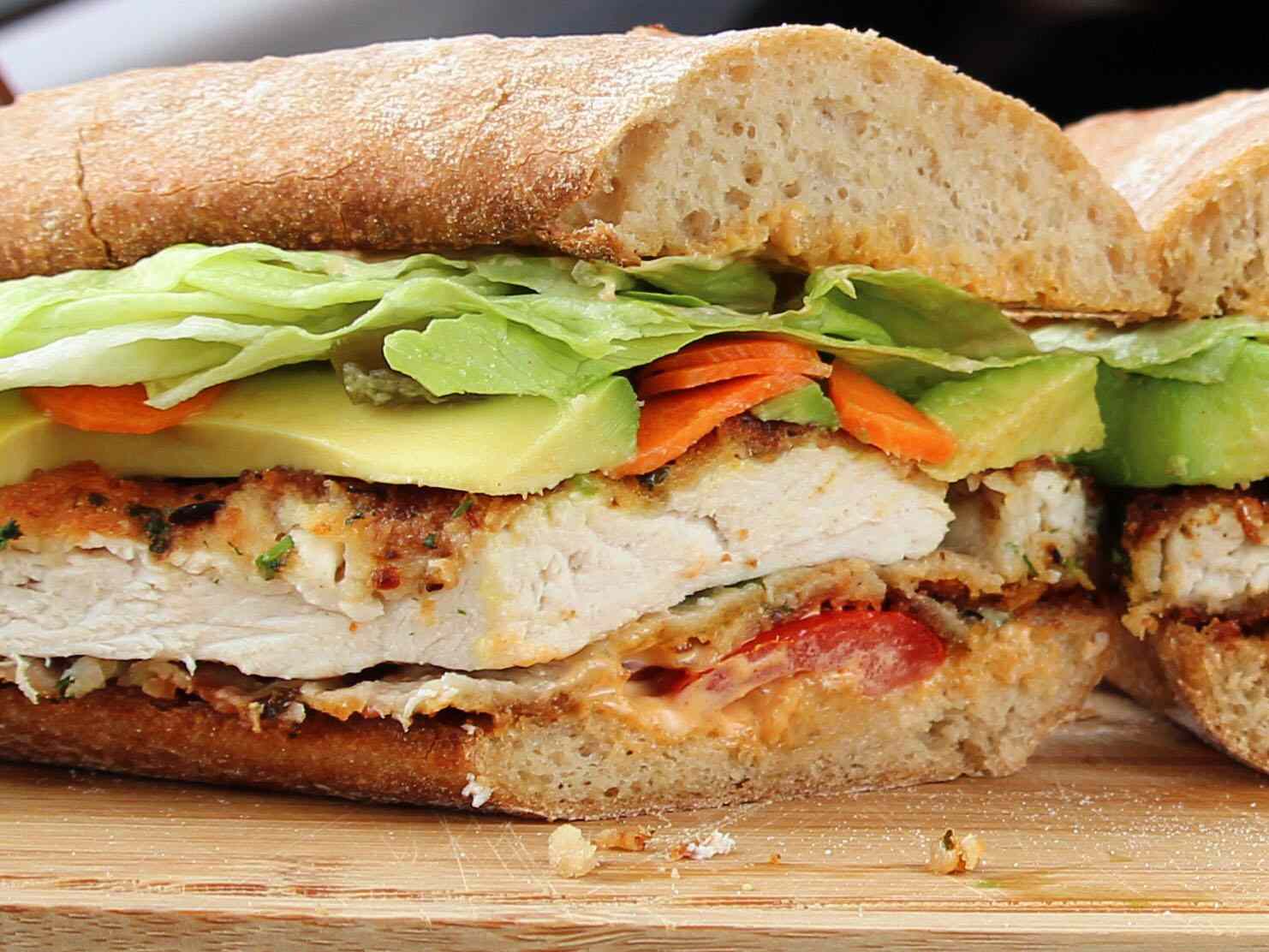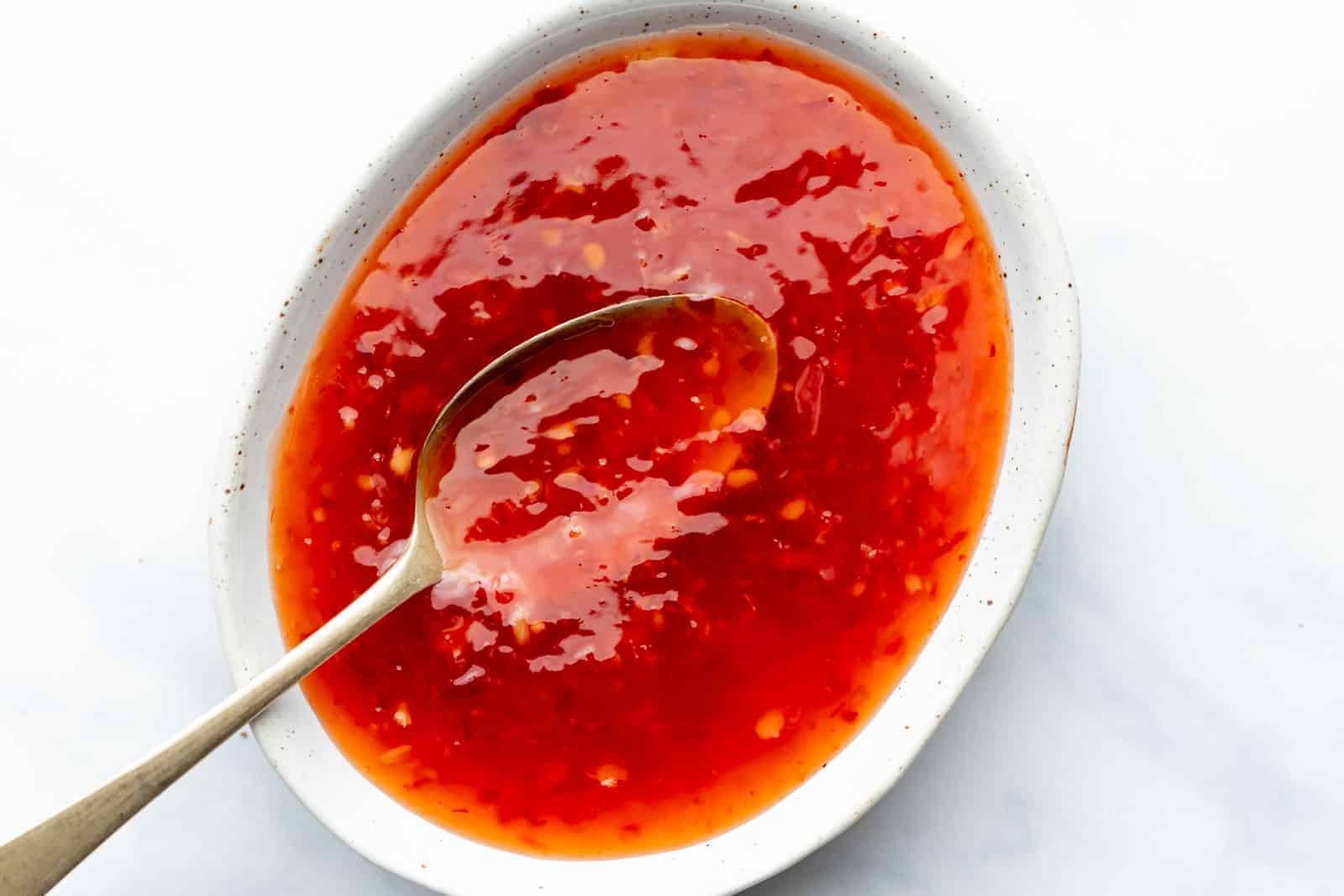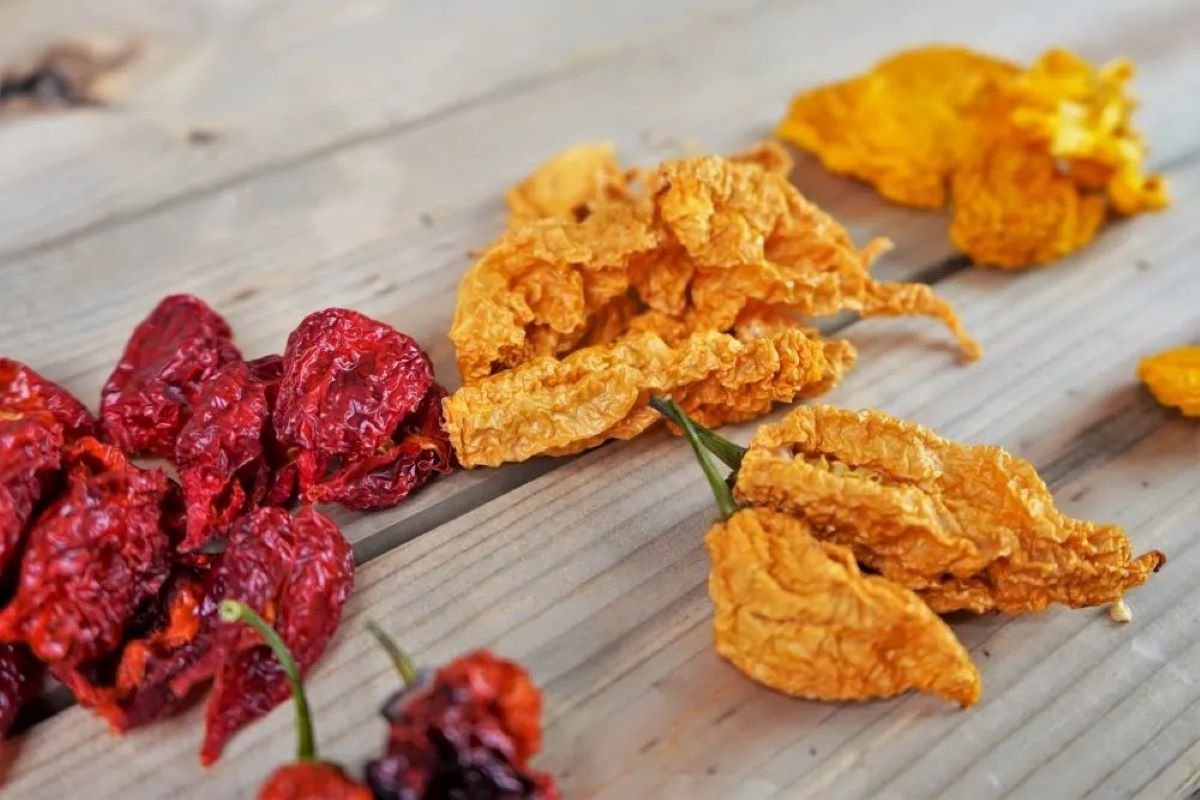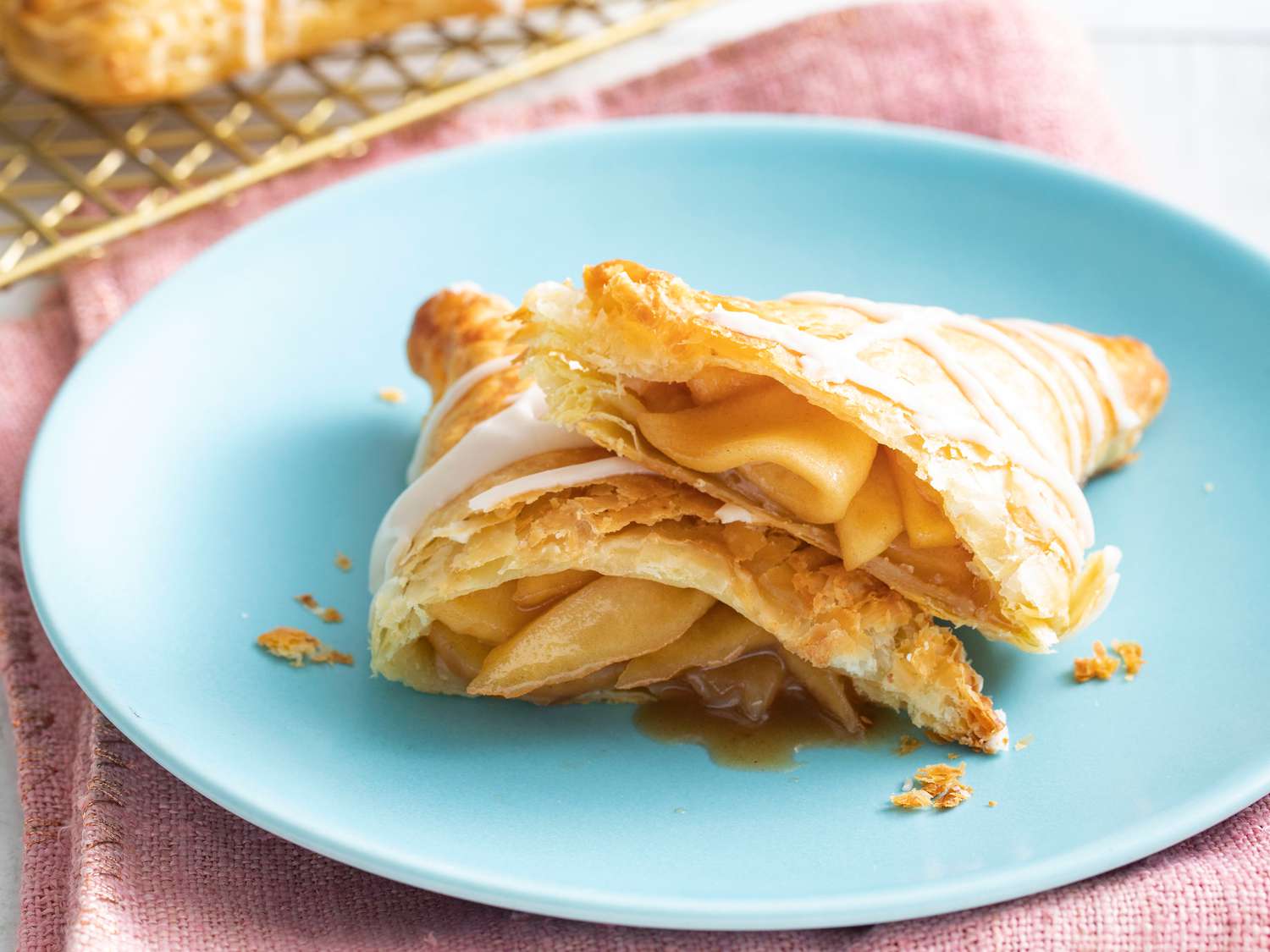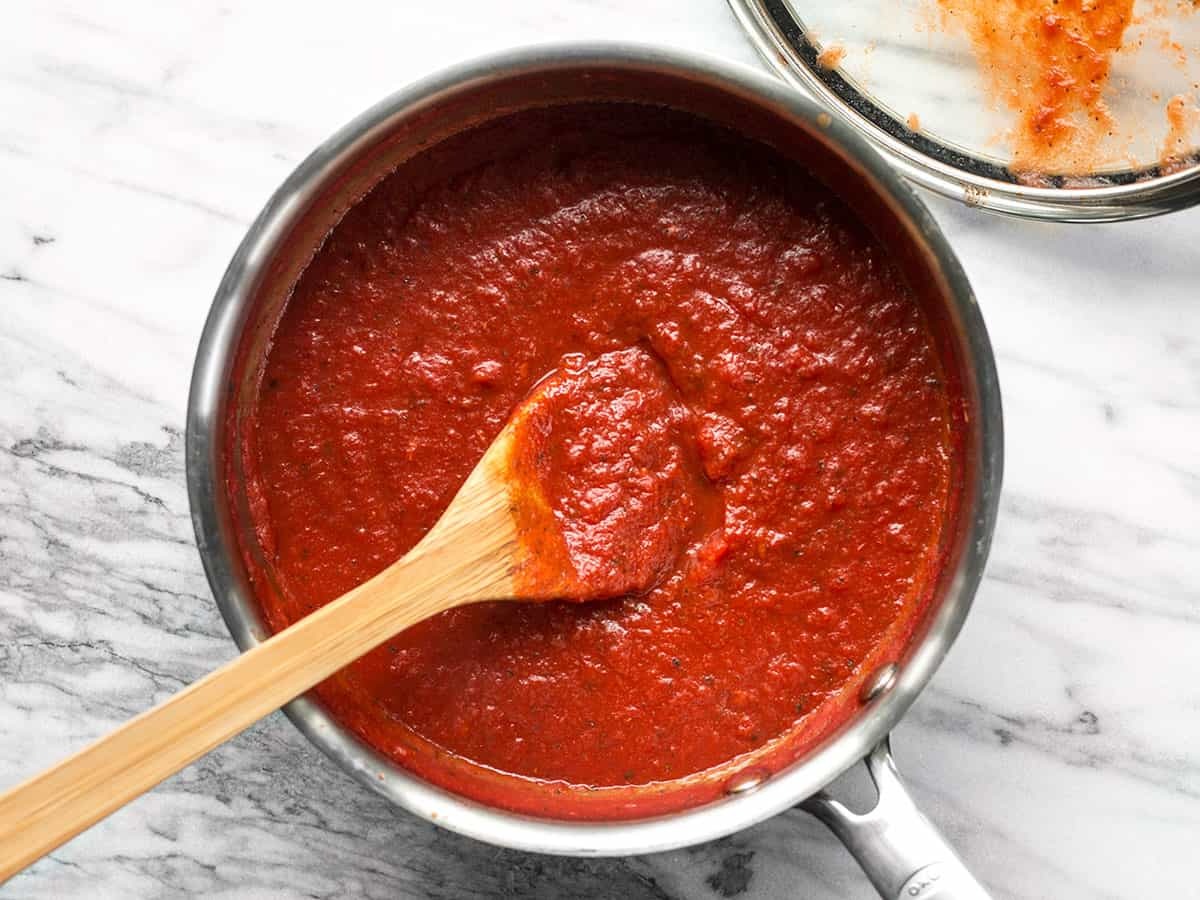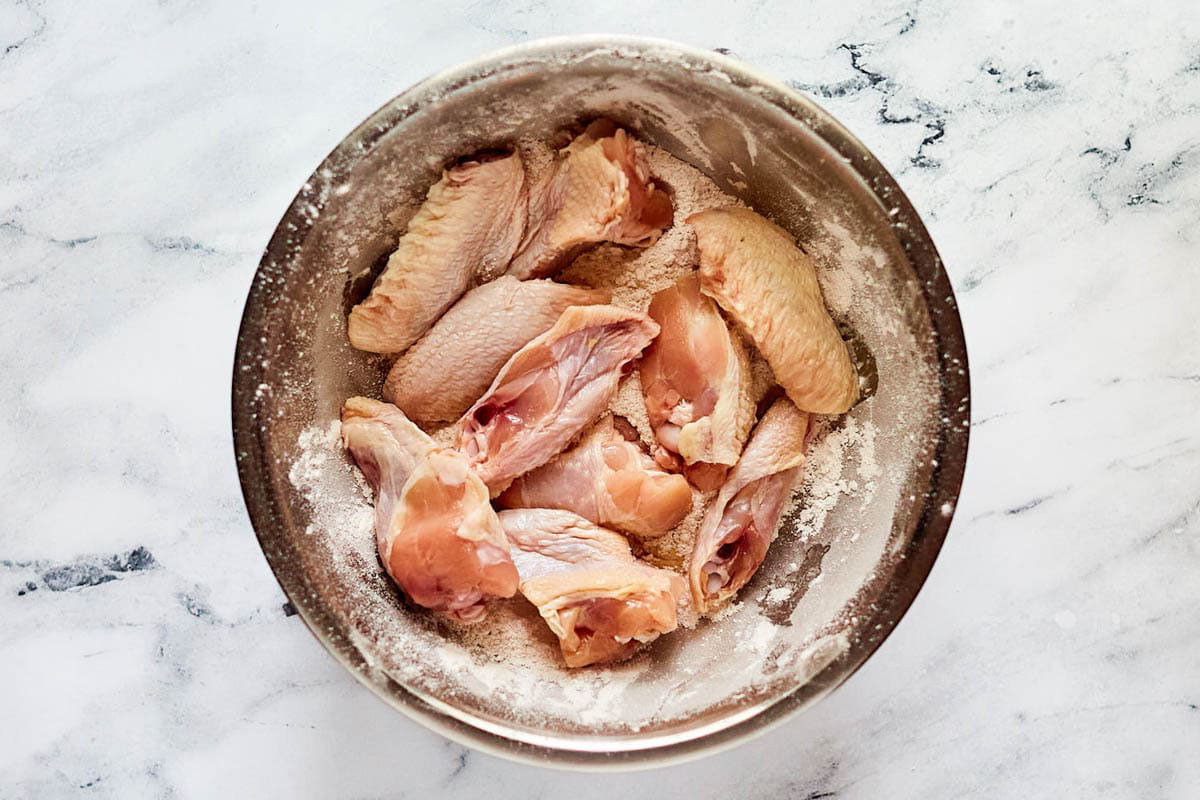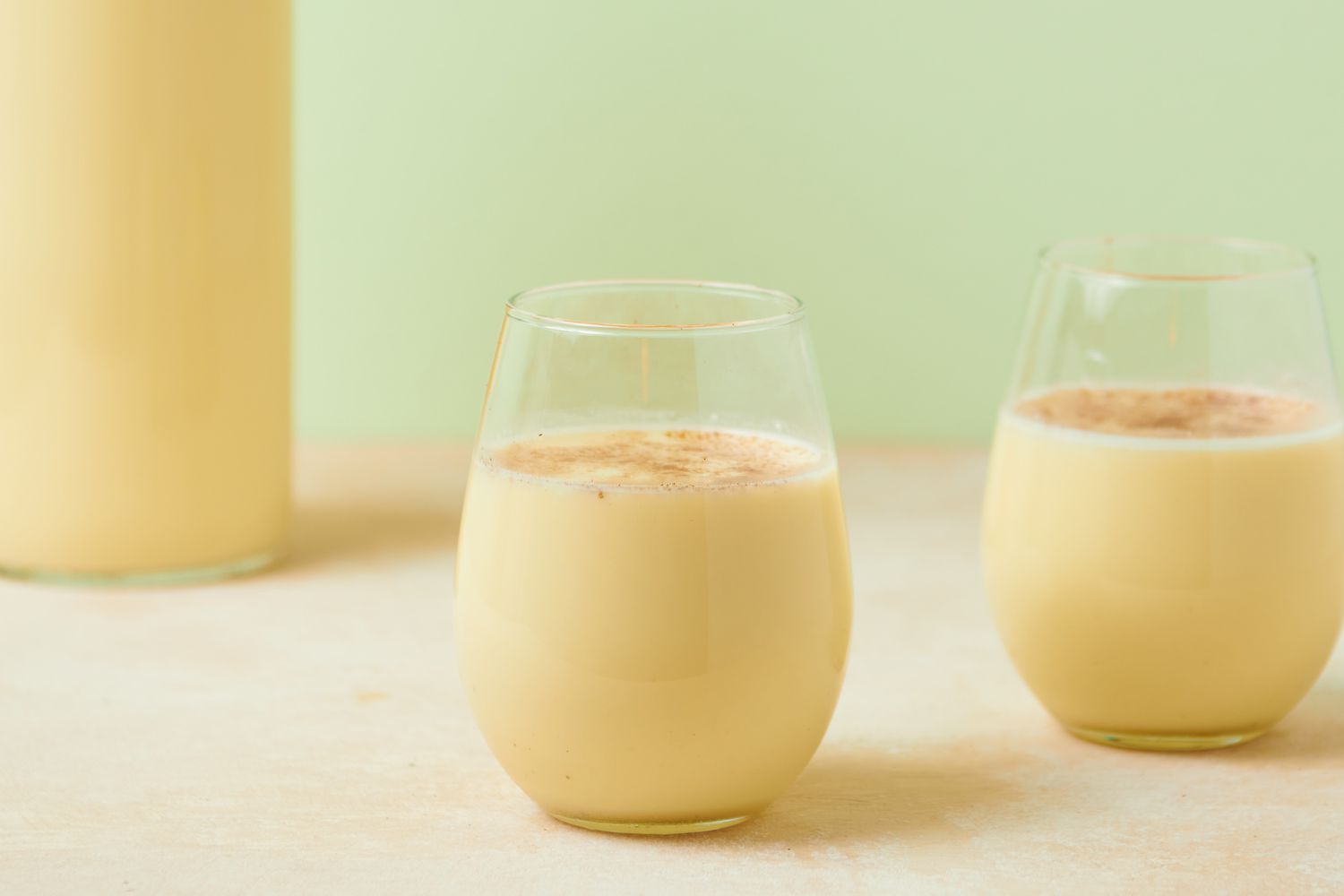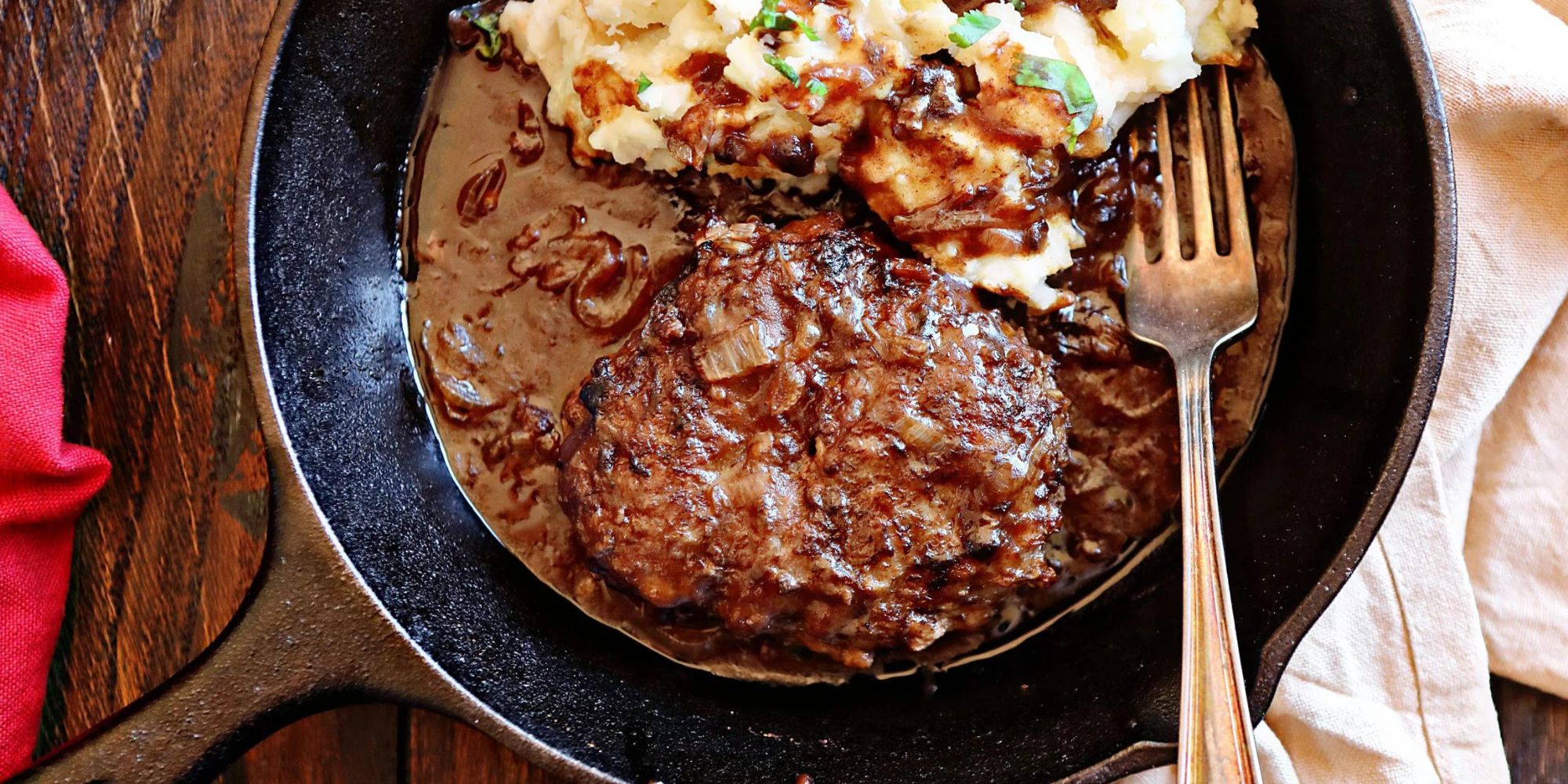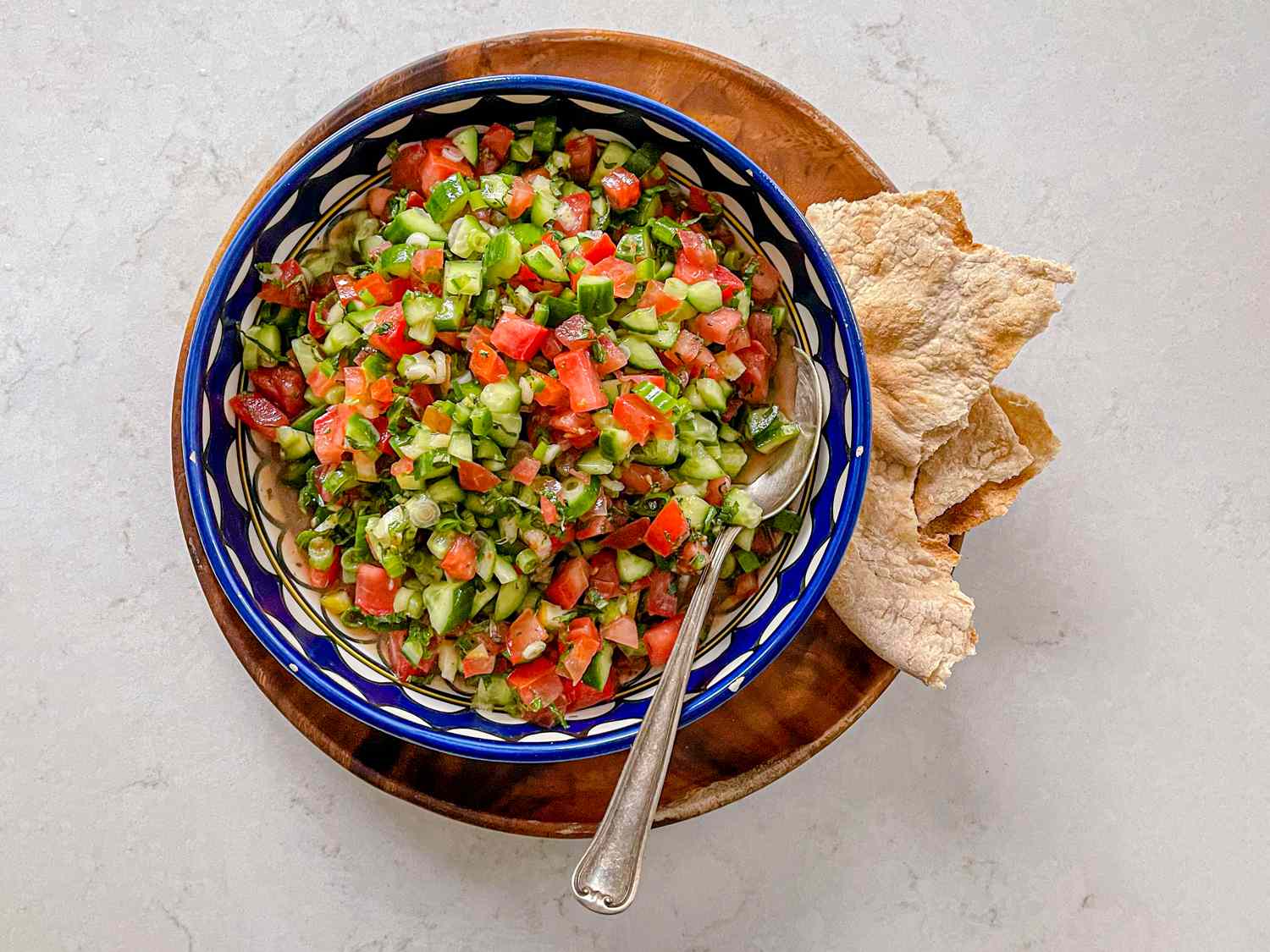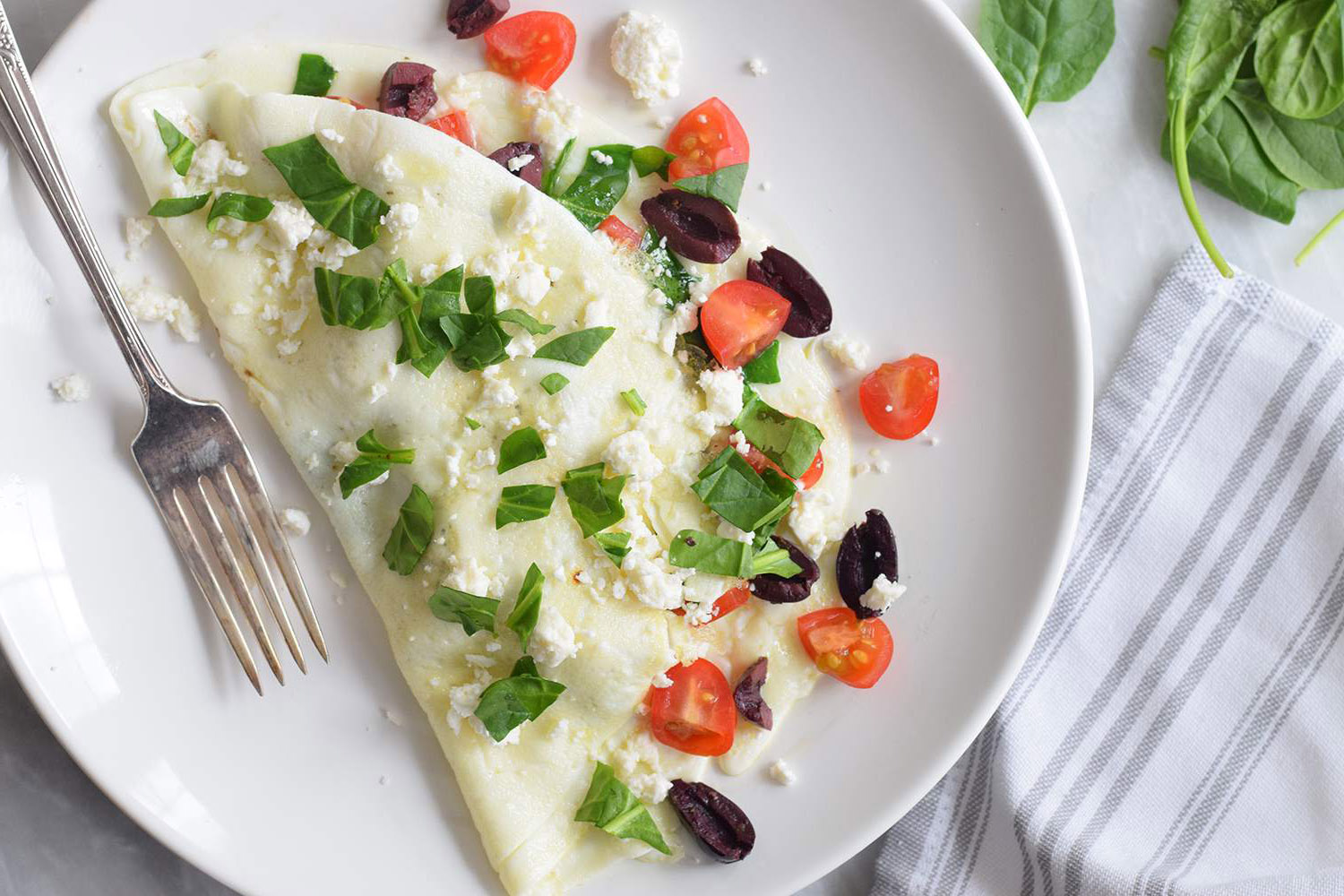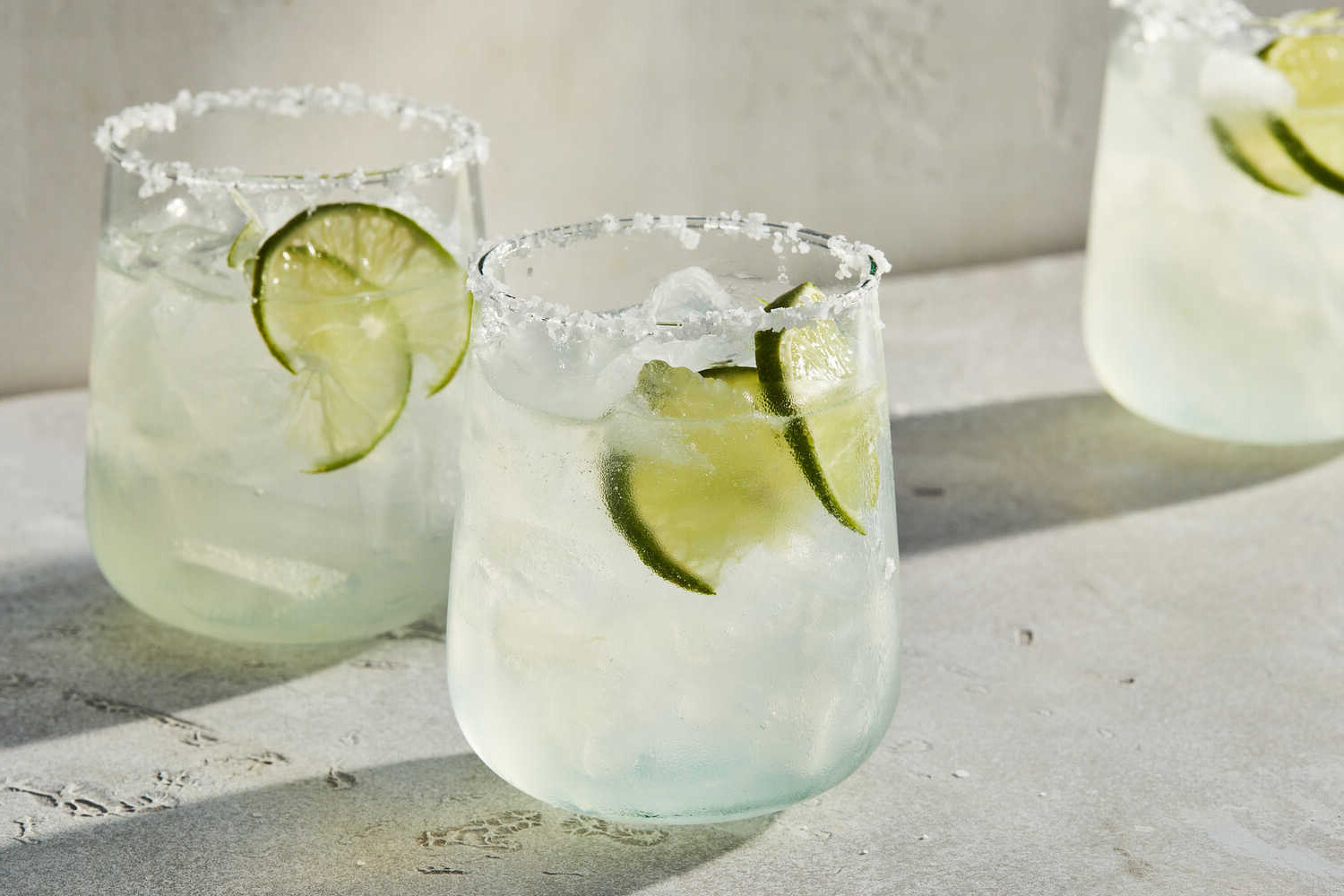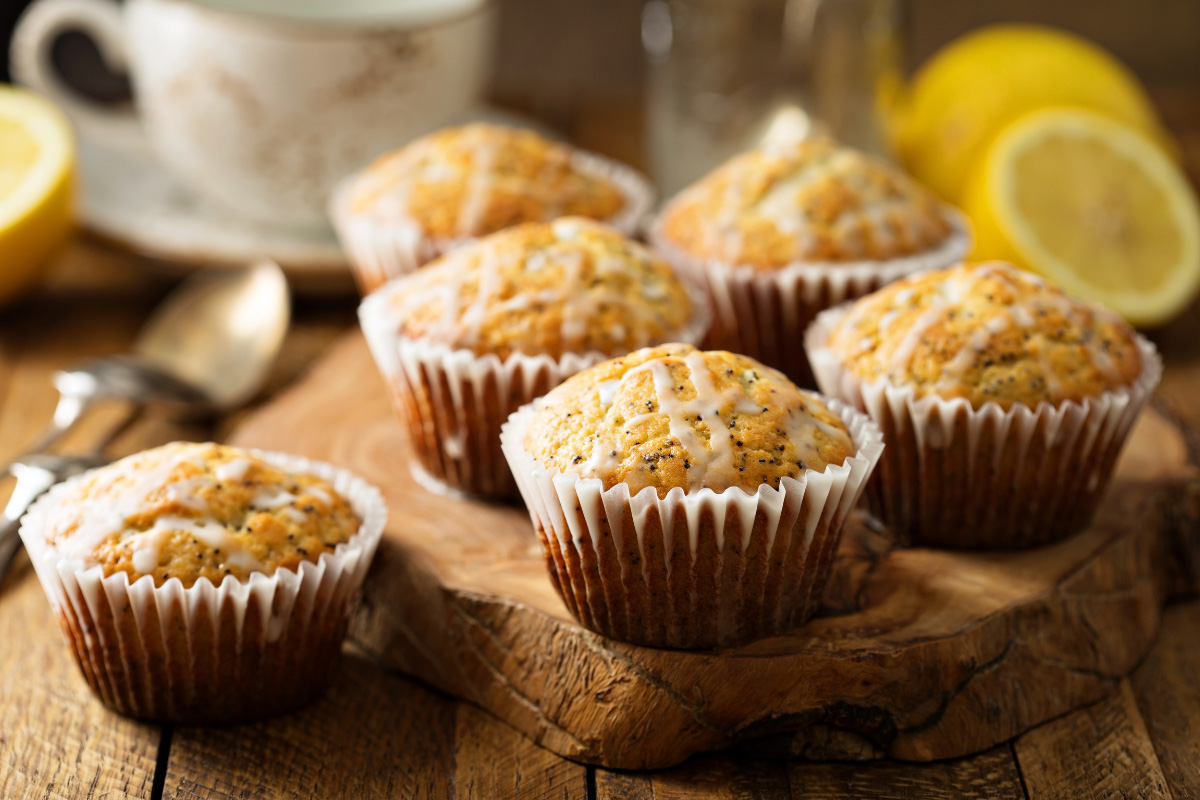Understanding Shortening: What’s in It?
Shortening is a common ingredient in many baked goods, but have you ever wondered what it’s made of? Let’s take a closer look at the components that make up this versatile kitchen staple.
The Ingredients
Shortening is typically made from hydrogenated vegetable oil, which can be derived from sources such as soybean, cottonseed, or palm oil. The hydrogenation process involves adding hydrogen to the oil, which transforms it from a liquid into a solid form. This gives shortening its smooth, creamy texture that is ideal for baking.
Emulsifiers are often added to shortening to help blend the ingredients together and improve the texture of the final product. These emulsifiers can include mono- and diglycerides, which are derived from natural sources such as vegetable oils.
Antioxidants may also be included in shortening to help prolong its shelf life and prevent rancidity. Common antioxidants used in shortening include BHA (butylated hydroxyanisole) and BHT (butylated hydroxytoluene).
How It’s Made
The process of making shortening begins with the extraction of vegetable oil from its source, such as soybeans or cottonseeds. The oil is then subjected to hydrogenation, which involves heating it to a high temperature and introducing hydrogen gas under pressure. This causes the unsaturated fats in the oil to become saturated, resulting in a solid, semi-solid, or plastic form.
After hydrogenation, the shortening may undergo further processing to add emulsifiers and antioxidants, as well as to refine its texture and flavor. Once these steps are complete, the shortening is ready to be packaged and distributed for use in baking and cooking.
Uses in Baking
Shortening is prized for its ability to create flaky, tender textures in baked goods. It is commonly used in pie crusts, biscuits, and pastries, where its solid form helps create layers and structure in the dough. Additionally, shortening has a higher melting point than butter, which can be advantageous in recipes that require a longer baking time or higher temperatures.
In summary, shortening is primarily made of hydrogenated vegetable oil, along with emulsifiers and antioxidants. Its solid form and high melting point make it a valuable ingredient in baking, contributing to the texture and structure of various baked goods.
Next time you reach for a tub of shortening, you’ll have a better understanding of what’s inside and how it contributes to your favorite recipes.
Was this page helpful?
Read Next: What Is Wine Made Of?
